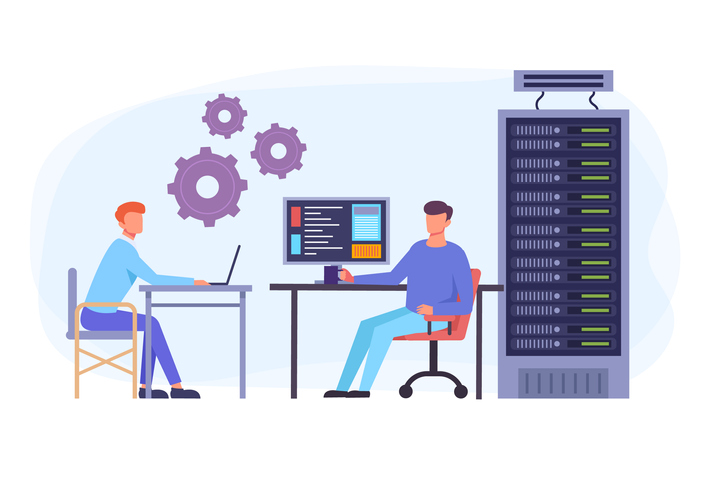Why choose Oracle OCI Distributed Cloud?
All cloud infrastructure services are basically the same, right? So why choose Oracle OCI Distributed Cloud? What does it offer that other services don’t? Or is it simply a question of finance? This is what you need to know: Your cloud, anywhere With some services, the cloud just ‘exists’. Customers are given little control or […]
Why choose Oracle OCI Distributed Cloud? Read More »





